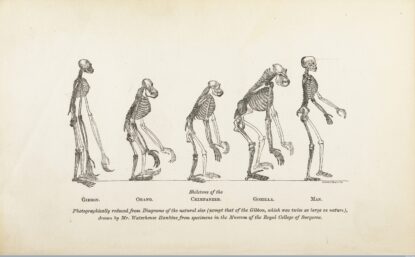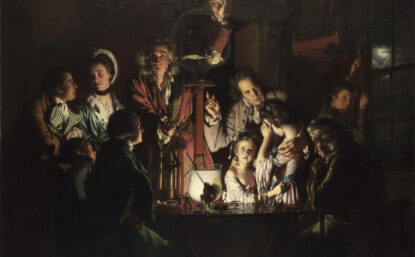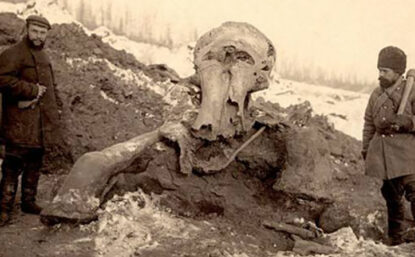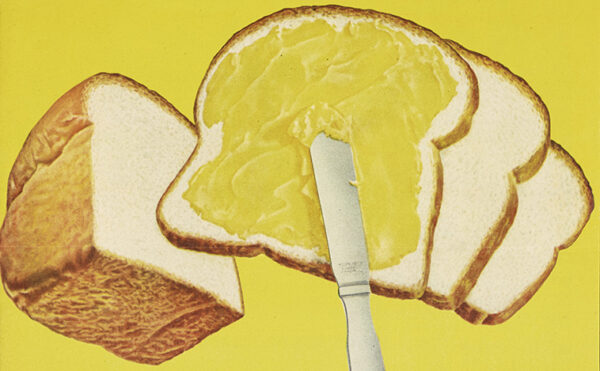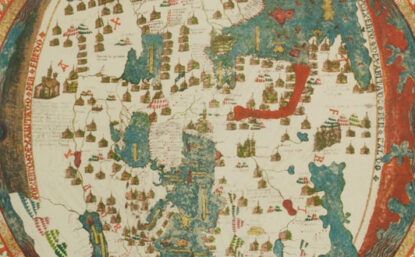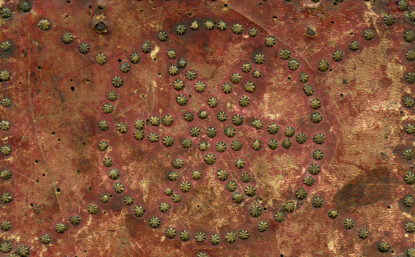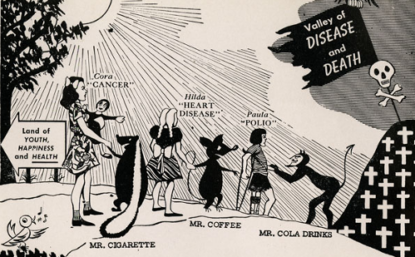Distillations magazine
Good Living
Does nature have rights? In 2008, Ecuador said yes. Doing so forced a reckoning with the country’s mining past.
Distillations articles reveal science’s powerful influence on our lives, past and present.
A World without Darwin
Would we understand our world differently if Charles Darwin had never written On the Origin of Species?
True Science, Fake History
Scientists are known to be dedicated to accuracy. But sometimes, as in the case of Francesco Redi, a sense of humor can lead one astray.
Gold, Secrecy, and Prestige
Did alchemists disappear from history, or did they just change their coats?
Atoms for Peace: The Mixed Legacy of Eisenhower’s Nuclear Gambit
Following World War II, President Dwight Eisenhower attempted a risky balancing act between war and peace, secrecy and transparency.
Albertus Magnus, Mineralogy, and the Secrets of Women
What connects a founder of the Western model of university education to the secrets of women?
Pumped Up
More than 350 years ago the very first air pump changed how science was done.
Sputnik Fever
How did the launch of Sputnik I in 1957 change the lives of two Americans?
A Good Death
Death Salon founder Megan Rosenbloom tells us what a good death means to her.
Mammoth Undertaking
Can scientists bring the woolly mammoth back from extinction? And should they?
Butter-in-Law
Pity butter’s poor relative, margarine, which has shifted from outlaw to savior to villain in the space of 100 years.
Cloth of the World
In Renaissance maps geography becomes an art form.
The Invisible Woman
Katharine Burr Blodgett was the first female scientist hired by General Electric. Her work was truly invisible, deliberately so.
Tiny Productions
Sometimes scientific discovery requires an unusual tool.
Colors Run Riot
The rise of synthetic color and the scientists and designers who tried to save society from itself.
The Philosophers’ Stove
Fancy some alchemical recipes from 15th-century Italy?
Write for a Free Booklet: Howard Bishop’s Crusade to Decontaminate America
The man who wanted to make the United States a healthier place and the sometimes fuzzy line between science and quackery.
Making Gemstones
How hard can it be to make a gemstone? Plenty hard. People have been trying for almost 2,000 years, but success finally beckoned in 19th-century France.
A Future without Limits
For decades serious people have tried to turn the stuff of science fiction—space colonies, self-replicating machines, and solar sails—into scientific reality.

